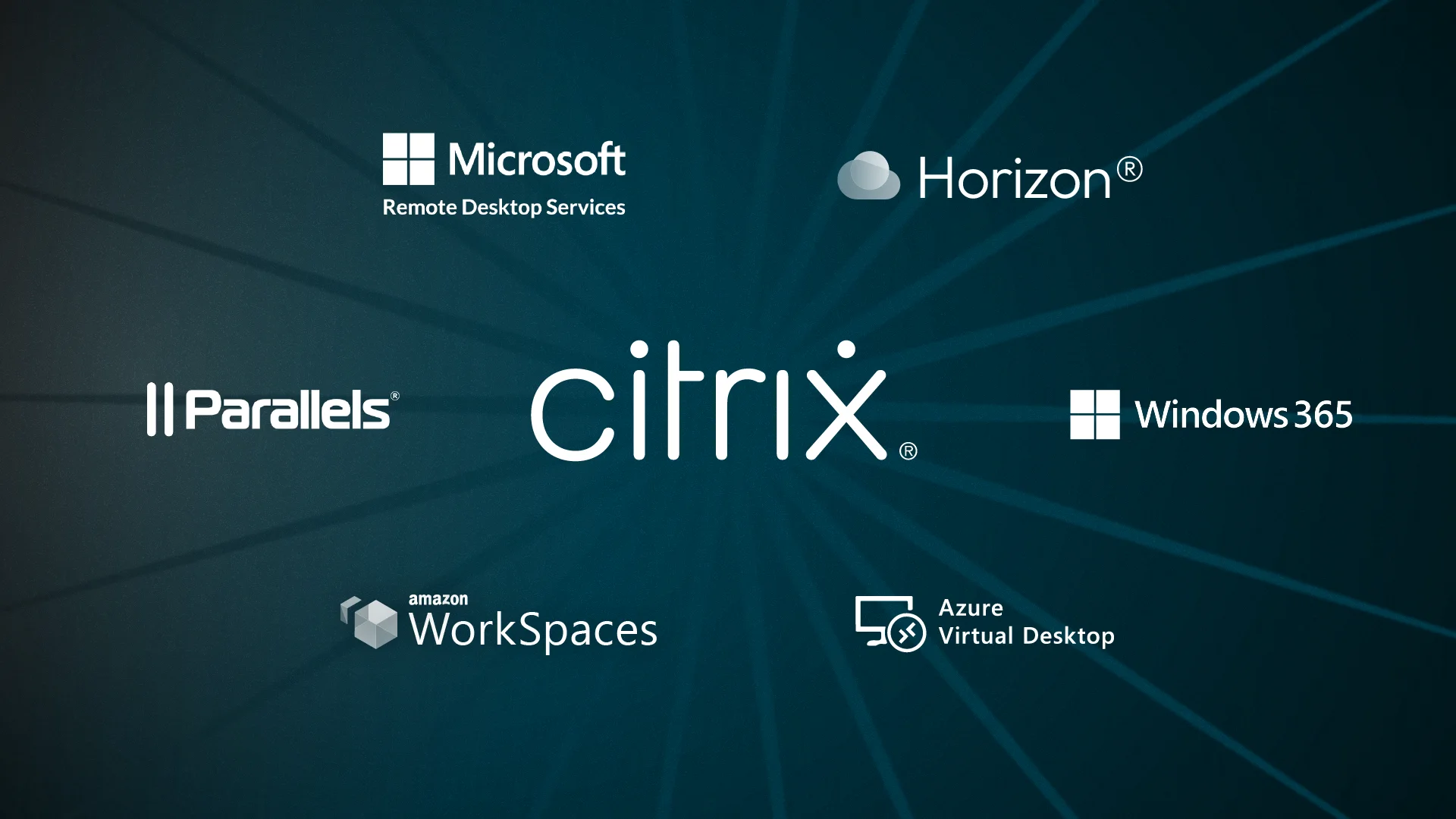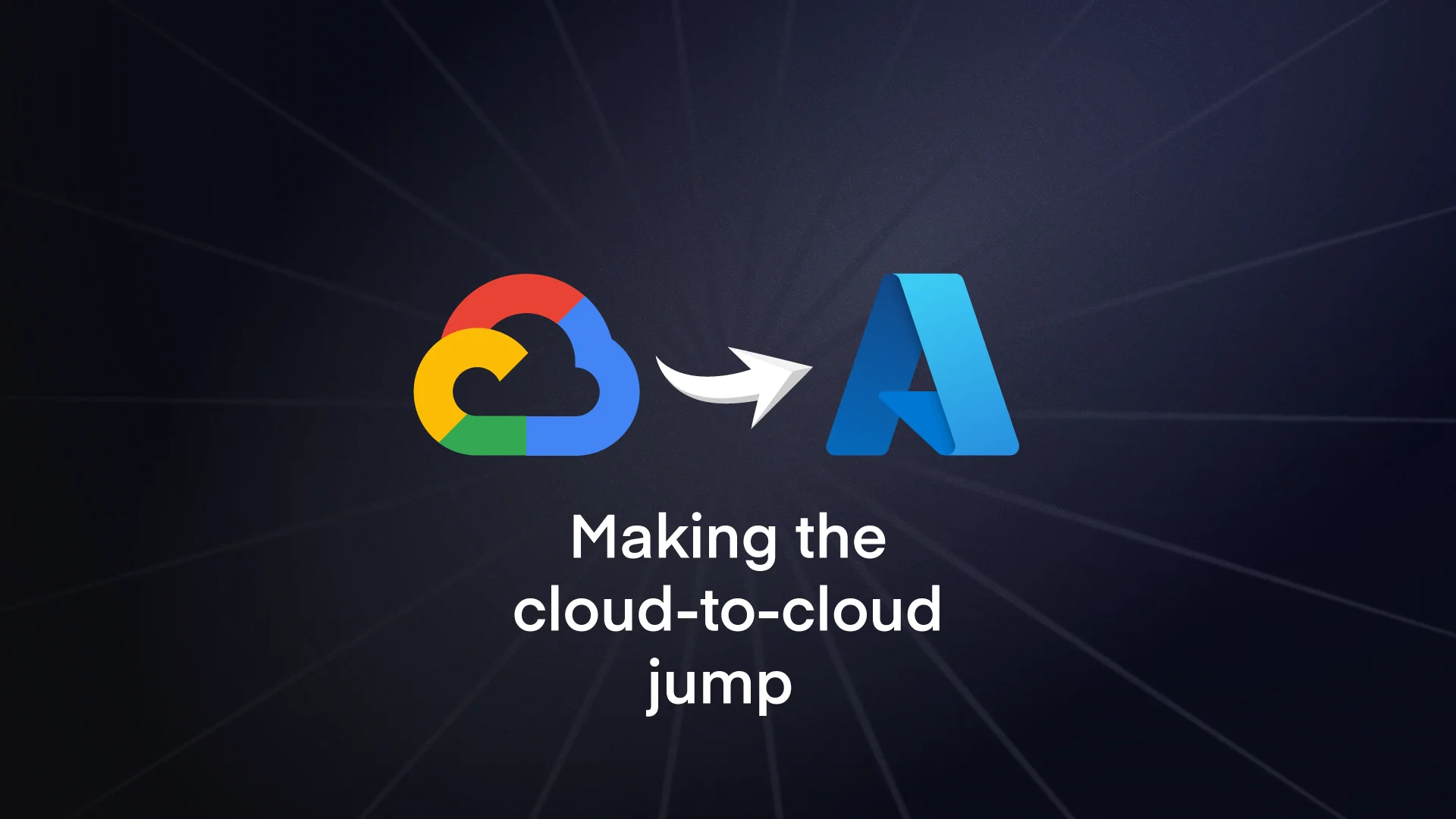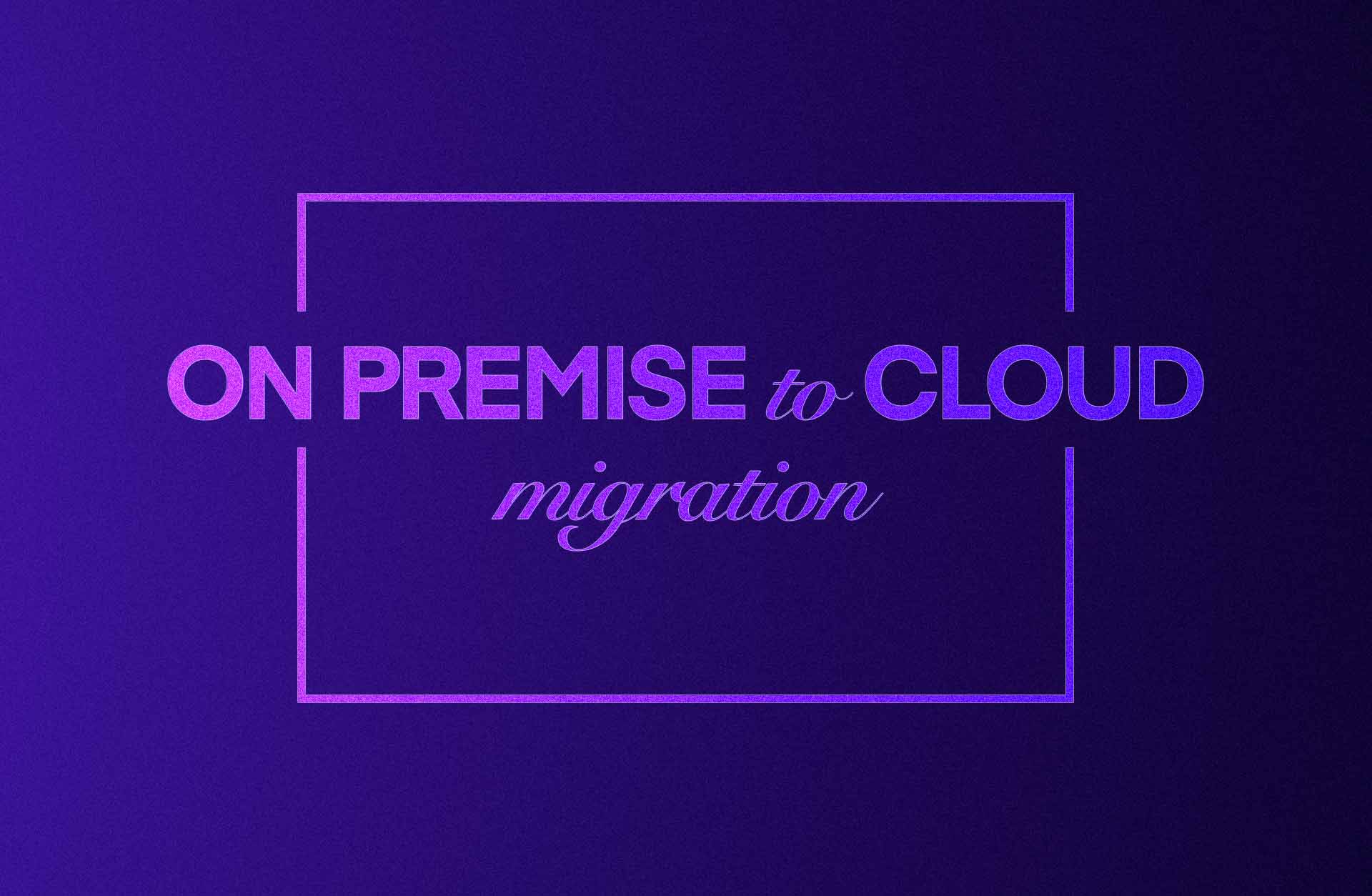Azure Virtual Desktop (AVD)
We’ve seen Azure Virtual Desktop transform from a promising newcomer to a genuinely compelling Citrix alternative. Microsoft’s native VDI solution has deep integration with the Microsoft ecosystem that most companies already use, from Office 365 to Azure Active Directory and beyond.
AVD works on a consumption-based pricing model. Rather than paying for named user licenses regardless of usage, you pay for what you actually consume. This can lead to big savings, especially if you’ve got seasonal workers or variable usage patterns. We’ve detailed the cost considerations in our AVD pricing guide, but the short version is that many organisations see serious cost reductions compared to traditional Citrix deployments.
The Windows 10/11 multi-session capability is a game-changer, allowing multiple users to share a single Azure VM while enjoying the familiar Windows desktop experience.
Performance-wise, AVD holds its own against Citrix, particularly when it’s properly optimised. The FSLogix profile container technology gives you speedy logons and persistent user settings. You’ve also got integration with Azure’s global network, so users get connected to the nearest data centre automatically. If you’re wondering how it stacks up directly, our detailed comparison of AVD vs Citrix breaks down the key differences.
If you’re already using Microsoft 365 and Azure AD, deployment can be nice and straightforward. There’s no need for extra infrastructure components like Citrix Cloud Connectors or NetScaler gateways; everything runs natively in Azure.
Amazon WorkSpaces
Amazon’s answer to ‘desktop as a service’ brings the AWS philosophy of flexibility and scale to VDI. WorkSpaces offers a good alternative for companies already invested in the AWS ecosystem, with the ability to provision Windows or Linux desktops in minutes rather than hours.
The pricing model is pretty straightforward: choose between monthly or hourly billing based on your usage patterns. For those with clear working hours or shift patterns, the hourly model can be a good billing option. Dev teams can benefit from this approach, spinning up powerful workstations for specific projects without long-term commitments.
Key strengths:
- Native AWS integration – easy access to S3, AWS identity services, and other AWS resources
- Flexible pricing – hourly or monthly billing suits different usage patterns
- Quick provisioning – new desktops ready in minutes, not hours
- Amazon AppStream 2.0 option – perfect for application streaming without full desktop access
⠀Best for:
- AWS-heavy organisations wanting native cloud integration
- Development teams needing on-demand powerful workstations
⠀Trade-offs:
- Less feature depth than Citrix
- Limited customisation compared to on-premises solutions
- AWS lock-in considerations
VMware Horizon (Omnissa Horizon)
Following Broadcom’s acquisition of VMware and the subsequent spin-out of end-user computing to Omnissa, Horizon is still a powerful player in the VDI space. While the ownership changes have created some uncertainty, the technology itself is still a strong, feature-rich contender.
Horizon is one of the more flexible options. Unlike cloud-native solutions, Horizon can run on-premises, in the cloud, or in hybrid configurations. This makes it a good one for firms with regulatory requirements around data location, or those not ready for a full cloud migration.
Key strengths:
- Deployment flexibility – runs on-premises, cloud, or hybrid
- Excellent performance – Blast Extreme protocol handles poor network conditions well
- GPU virtualisation – amongst the best for CAD and graphics-intensive workloads
- VMware ecosystem integration – uses existing vSphere investments and skills
- Instant clones – dramatically reduce storage requirements and provisioning times
Best for:
- Organisations with existing VMware infrastructure
- Companies needing on-premises or hybrid deployment
- Graphics-intensive workloads (CAD, design, video editing)
- Enterprises needing mature, proven technology
⠀Trade-offs:
- Recent ownership changes creating uncertainty
- Complex licensing post-Broadcom acquisition
- Requires significant VMware expertise
- Can be overkill for simple use cases
Microsoft Remote Desktop Services (RDS)
Sometimes the simplest solution is the best solution. Microsoft RDS might lack the bells and whistles of the fancier VDI platforms, but for many Windows-centric companies, it provides exactly what’s needed.
RDS has been around for decades, which means it’s battle-tested and well-understood. Your Windows administrators already know how to manage it, there’s extensive documentation available, and virtually every Windows app works without modification.
Key strengths:
- Cost-effectiveness – minimal investment if you already have Windows Server infrastructure
- Simplicity – straightforward licensing (Windows Server + RDS CALs)
- Familiarity – your Windows admins already know how to manage it
- Application compatibility – virtually every Windows app works without modification
- Modern improvements – RemoteFX and improved GPU support narrow the enterprise gap
⠀Best for:
- SMBs with existing Windows Server infrastructure
- Basic remote desktop or app publishing needs
- Organisations with limited IT resources or VDI expertise
- Budget-conscious deployments under 200 users
Trade-offs:
- Limited user experience optimisation compared to Citrix or VMware
- Profile management can be challenging without additional tools
- Published desktop experience less polished than true VDI
- Lacks advanced features like workspace aggregation or sophisticated policies
Parallels RAS
Parallels Remote Application Server (RAS) occupies an interesting middle ground between basic RDS and enterprise solutions like Citrix. It adds a layer of functionality on top of Microsoft RDS, giving you features like load balancing, universal printing, and HTML5 client access without the complexity of full enterprise platforms.
Parallels RAS definitely has one of the more straightforward approaches. Installation typically takes less than an hour, and the admin console is intuitive. Most features work out of the box without extensive configuration.
Key strengths:
- Quick deployment – up and running in under an hour
- Universal client approach – consistent experience across all devices and platforms
- Transparent pricing – perpetual or subscription options available
- Built on RDS – adds enterprise features without enterprise complexity
- Excellent mobile clients – genuine mobile working capability
⠀Best for:
- SMBs needing more than RDS but not full Citrix complexity
- Organisations with 50-500 users
- Companies wanting enterprise features without enterprise costs
- Multi-device environments requiring consistent user experience
⠀Trade-offs:
- Smaller ecosystem – fewer third-party integrations than major players
- Limited scale – struggles with complex multi-site, 1000+ user deployments
- Less suitable for very large or complex enterprise deployments
- Support options more limited than enterprise vendors




